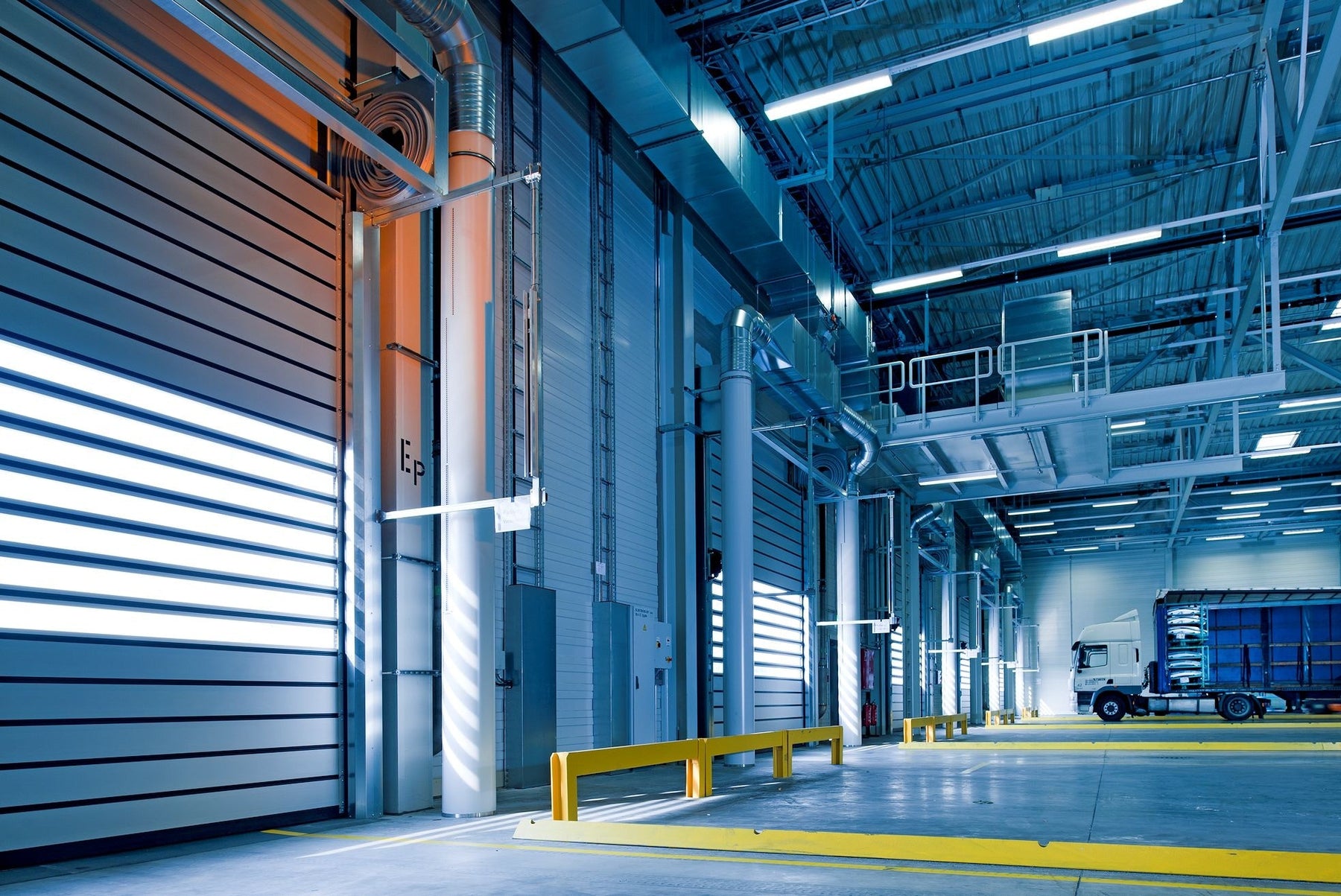
Safety Strategies: Environment
A clean, dry, well-lit and well-laid-out workspace can keep employees safe. But budget constraints and existing architecture can sometimes place these standards out of reach. What can you do to make your own workplace environment safer, short of moving to a new building or a location with a more temperate climate? Here are a few safety strategies that allow you to work with the environment you have.
Layout problems.
If you have an accident-prone area in your workplace, like a steep incline or a blind corner, and you’d like to reduce the danger without fundamentally altering the landscape, start by providing adequate warnings to the employees who need to navigate this trouble zone. Apply clearly posted warning signs and enforceable rules that require employees to slow down and increase their situational awareness in this area. Add brighter lighting to increase visibility, if this helps. Look for workarounds, such as clearing a path through a different area instead. Reduce traffic through this zone and reduce time pressures, so employees can concentrate fully on safety instead of work quotas as they navigate this challenge.
Floor integrity.
During wet weather, entranceways that are usually safe can become dangerous, especially for pedestrians and forklift operators who aren’t expecting a sudden change in floor conditions. Again, post signs encouraging reduced speed and elevated attention in these areas, and implement measures that improve visibility and control over equipment. As far as possible, close off entrances to reduce water infiltration.
Hot and cold conditions.
The primary danger of ambient heat and cold comes from employee error. Employees who are physically stressed are less attentive and have slower reaction times than those who are comfortable. To avoid accidents during temperature extremes, do what’s necessary to keep employees warm or cool. Supply adequate equipment, including hats and gloves, and reduce the pressure to move quickly through tasks that require attention and concentration.
Noise and light.
Flashing lights are extremely distracting, and constant ambient noise can reduce communication and render audible signals ineffective. If these distractions and noises are compromising employee safety, reduce them at the source (for example, place a shade between the light source and the workspace), or provide employees with equipment that can neutralize them, like sunglasses or earplugs.
Traffic and unpredictability.
Some workplaces are open to the public and can’t be closed off, but if there’s any logistical way to limit your workplace traffic to trained employees only, consider doing this even if it comes at a cost. This move may prevent potential accidents and reduce stress and distraction for employees.

